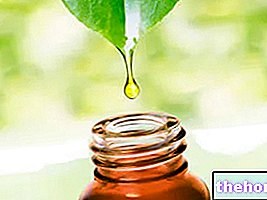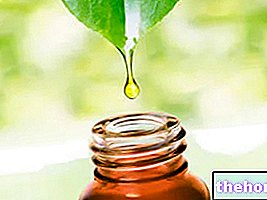
Scientific name
Trigonella foenum-graecum
Family
Leguminosae
Origin
Asia
Parts Used
The seeds of the plant are used
Chemical constituents
- Mucilage (25-45%);
- Proteins (25-30%);
- Steroid saponins (diosgenin);
- Alkaloids, among which we find the trigonellin;
- Flavonoids;
- Sterols;
- Fibers;
- Vitamins;
- Mineral salts;
- Polysaccharides;
- Essential oil (0.01%).
Fenugreek in Herbal Medicine: Properties of Fenugreek
Fenugreek was used in folk medicine to fight intestinal parasites or as a hepatoprotector and galactogogue (favoring lactation). Fenugreek has always been known and appreciated as a "tonic", anti-anemic, anabolic and anti-ulcer, lipid-lowering and hypoglycemic.
The hypoglycemic action of fenugreek is modest, and in any case to be attributed not only to the fibers. The tonic-stimulating activity is instead exploited in the prevention and treatment of thinness of adults and children.
Fenugreek flour, in poultices, is used by popular tradition against boils, leg ulcers and oily and impure skin. In modern phyto-cosmetics, fenugreek finds space in firming, emollient, anti-stretch mark and anti-wrinkle products.




























